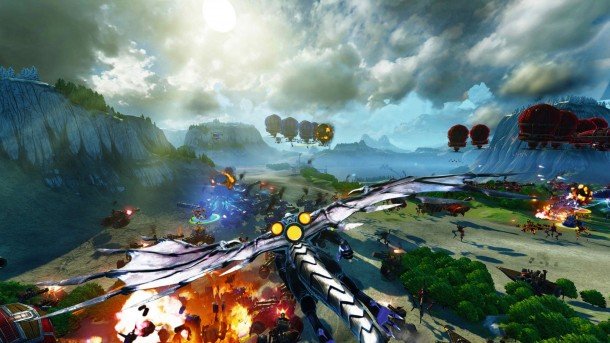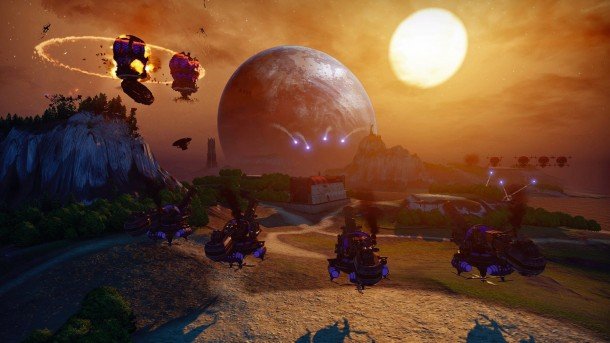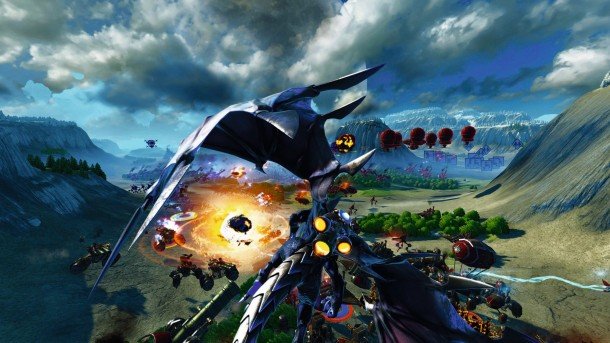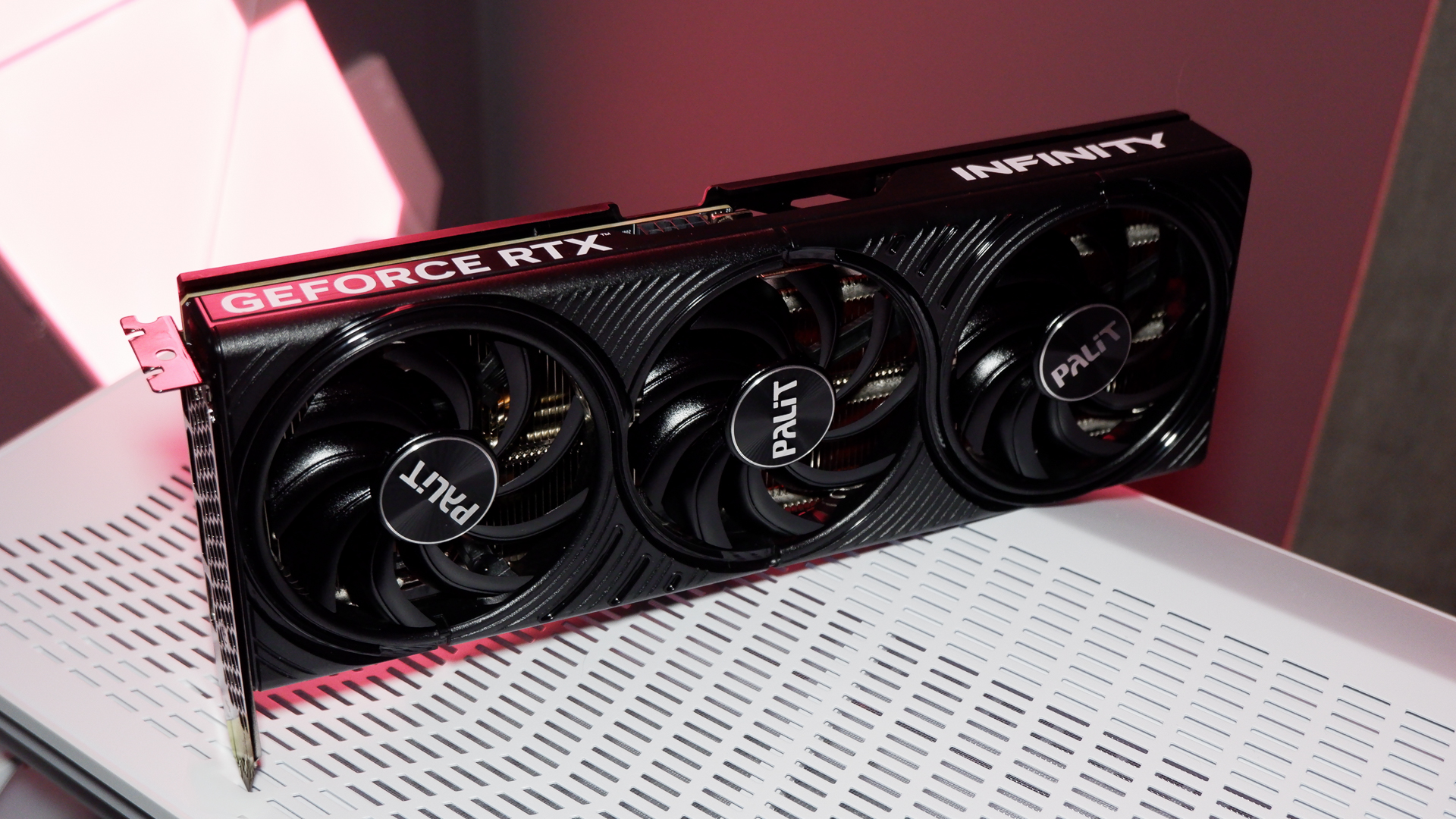Divinity: Dragon Commander hands-on: war and governance in a world of dragons in jetpacks

It's tough being a king who's also supreme commander of a steampunk army and also fights in all his battles and can also turn into a dragon with a jetpack and also has to manage social policy for the lands he conquers. Interesting, but tough.
Your long-term goal is the same as that of anyone who can turn into a dragon: conquer the world. The campaign map is divided into a few dozen large territories, and from there you can build units, move them, buy upgrades for them, or get new spells for your dragon form. When you've finished, you end your turn, and your enemy moves.
"Your long-term goal is the same as that of anyone who can turn into a dragon: conquer the world"
If any of your units have clashed with the enemy's, you have the option to auto-resolve the battle, or play it out as a real-time strategy skirmish. That takes you to a rather pretty, mist-shrouded 3D map of the region, dotted with control points on which you can build factories and turrets. You start with whatever units you put here via the strategy map, but once you have some production buildings, you can spend Recruits to make more.
The Recruits resource is simple: it just increases over time, faster if you've built extra recruitment centres. But it ties into the strategy map in an interesting way: it's limited by the population of the region. Once the total number of recruits doled out matches that, no one can build anything more. That means taking early control of the few spots you can build recruitment centres on is a priority: it's no use trying to turn the tide later, when there are no more reinforcements to be had.

Recruits can buy various types of infantry (which actually appear to be spindly steampunk mechs), tanks, aircraft and even boats. But your most powerful unit is yourself. If you move your view close to some of your own units, you can hit Enter to go into dragon mode: a third-person view of you, a sizeable dragon wearing a jetpack. You fly around with the mouse and keyboard, spam fireballs at enemy units, and cast spells to turn the tide of a battle. If you take too much damage, you 'die' and are forced back to non-corporeal- RTS-camera mode to order units around until you can afford to respawn.
"Dragon skills let you make a friendly unit invulnerable, or charm an enemy one to your side"
One of the first spells you earn for dragon mode is the Imp Buster, a single explosive fireball that can destroy a whole cluster of most unit types. It's slow to recharge, but it can do so while you're in RTS mode. I ended up using it in pretty much every important battle: scroll over to one of my units, go into dragon mode, jetpack-boost towards the enemy, fire an Imp Buster, then switch back to RTS mode before anything kills me. Later dragon skills let you make a friendly unit invulnerable, or charm an enemy one to your side.
There's no real cost to using dragon mode except your attention. But that's in short supply: you've often got multiple bases to manage, build queues to keep going, enemy squadrons to watch and armies to control. Taking time out from all that to zoom around and shoot stuff is dangerous, and most of my major failures were things I didn't see happening until it was too late.
The biggest gaming news, reviews and hardware deals
Keep up to date with the most important stories and the best deals, as picked by the PC Gamer team.

I like the idea of that as a tactical consideration. In practice, though, most of my time lost was spent trying to reorient myself with the RTS mode when I switched back to it. You can zoom the camera out as far as you like, but the battlefield vanishes beneath the clouds before you can see it all. They're still tinkering with what kind of overview they'll give you.
"A turn is a long time in Dragon Commander: it's not unusual to have five conflicts going on at once"
Everything gets built quickly, there's no fog of war, and the cap on recruits means a single battle never takes too long. Once it's over, you can fight or auto-resolve any other conflicts that happened on the strategic map that turn. And when everything's finally dealt with, you return to your giant steampunk airship.
A turn is a long time in Dragon Commander: it's not unusual to have five conflicts going on at once, each of which you might want to play out as an RTS match. In fact, the whole singleplayer campaign is only expected to take about 20 turns, although obviously that'll vary a lot from player to player. So when you return to your ship between each one, a new chunk of story stuff unfolds.
That takes a few forms. There's a main story that's the same each time, but I didn't see how that progresses in the few hours I played. The rest of the story stuff is randomised, and there's more of it than you're likely to see in one playthrough.

